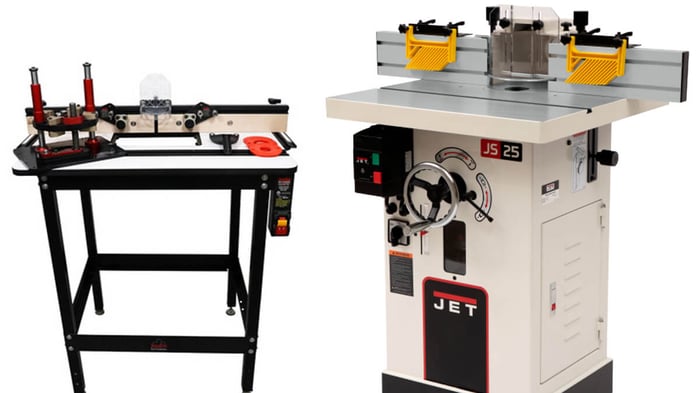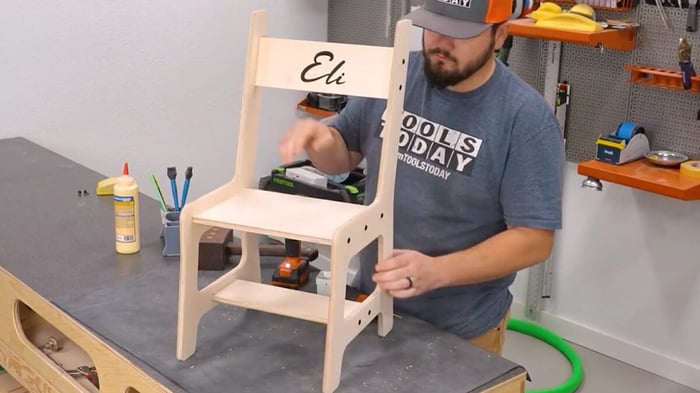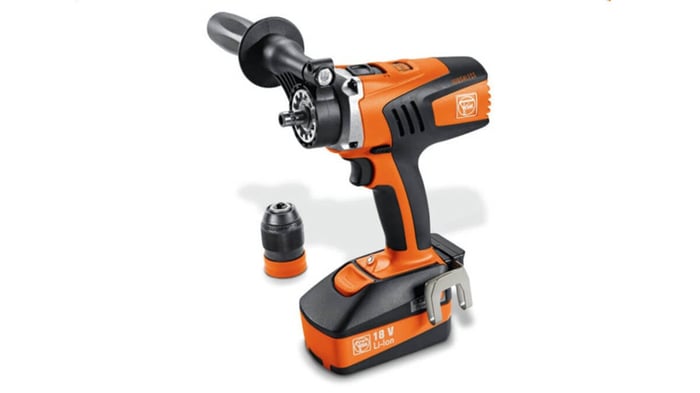
Understanding Routers and Shapers: A Guide for Woodworkers
For woodworkers looking to refine their tool collection, knowing the difference between routers and shapers is crucial. This article breaks down their functions, best use cases, and maintenance tips to maximize longevity.
What are Routers and Shapers?
Routers are versatile, often handheld tools for cutting, shaping, and hollowing wood. Ideal for detailed tasks like creating dadoes and decorative edges. Shapers, on the other hand, are stationary and designed for larger projects that require uniform profiles such as in cabinet making or furniture construction.
Key Differences Between Routers and Shapers
While both tools shape wood, they serve different purposes. Routers offer flexibility and speed for precision tasks, while shapers provide strength and consistency for repetitive, large-scale work.
Functionality and Purpose
Routers are great for edge forming, trimming, and detailed grooving. Shapers are the go-to for intricate profiles and repetitive tasks requiring uniformity.
Types of Routers and Shapers
Routers come in handheld and stationary (router tables) forms, each suited to different tasks. Shapers are mostly larger, stationary machines used for extensive cutting and profiling.
Choosing Between a Router and a Shaper
Choose based on the scale and precision required in your projects. Routers are better for versatile, detailed tasks. Shapers excel in uniform, large-scale operations.
Common Uses of Routers and Shapers
Routers and shapers are indispensable in creating furniture, cabinets, and detailed woodwork, essential for precision and efficiency in both small and large projects.
Maintenance and Care for Routers and Shapers
Proper maintenance includes regular cleaning, lubrication, and storage in dry conditions. Following the manufacturer's guidelines and routine check-ups can significantly extend the life of these tools.
Frequently Asked Questions
What is the difference between a router and a shaper?
While both are cutting tools, routers are typically handheld for detailed work, and shapers are larger, stationary machines for uniform profiles.
Can a router and a shaper perform the same tasks?
Each has strengths: routers are more versatile, while shapers handle larger, more repetitive tasks better.
Which tool is better for precision cutting?
Shapers offer greater precision and stability for extensive woodworking projects.
What are the safety considerations for using these tools?
Both tools require careful handling, with shapers posing higher risks due to their size and power. Always follow safety guidelines.
Can a router be used in place of a shaper?
Routers can sometimes substitute shapers for smaller tasks, but for heavy-duty or large-scale cuts, shapers are preferred.
Which tool is more expensive?
Shapers are generally more costly than routers, reflecting their larger size and capability.





